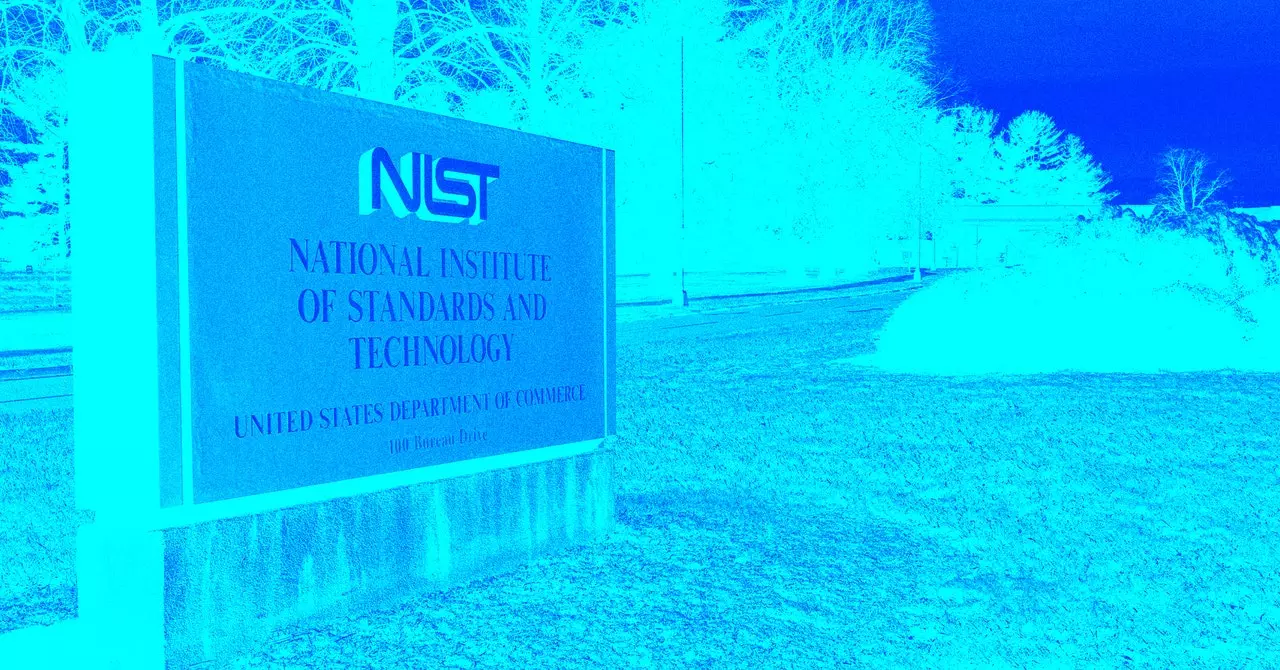The National Institute of Standards and Technology (NIST) is currently facing turbulent changes that could upend its operations and impact a wide array of critical areas from industrial benchmarks to emerging technologies such as artificial intelligence (AI) and quantum computing. Following the recent transition of power in the U.S. federal government, significant layoffs spearheaded by the new administration are anticipated to occur imminently. Concerns surrounding these cuts not only affect current employees but also cast a long shadow over the future viability of key research initiatives at the agency.
NIST functions as a crucial non-regulatory agency that establishes and maintains key technical standards, ensuring the reliability of products and services across various sectors, including safety measures for consumer goods and advanced technology developments. Understanding this importance is critical when considering the ramifications of staffing cuts. The agency plays a pivotal role in fostering innovation and securing the technological standards necessary for the U.S. to maintain its global leadership. Layoffs could compromise this effectiveness and ultimately hinder advancements that are essential for economic growth and public safety.
Since the inauguration of President Trump, a series of directives aimed at financial austerity have been issued, leading to fears within the NIST community about the fate of its staff and ongoing projects. The involvement of Elon Musk and the so-called Department of Government Efficiency (DOGE) has raised eyebrows, especially given reports of DOGE personnel accessing NIST’s IT infrastructure, presumably to evaluate potential cuts and changes. This unfolding narrative raises questions about the philosophies guiding federal spending and investment in technological research and development during this administration.
Throughout this transition, strong indications suggest that the recent leadership structure within NIST may also be compromised. The agency has already seen turnover in critical AI-related leadership positions, indicating a possible shift in focus away from AI safety—an essential area given the rapid advancements in AI technologies. Such exits threaten to destabilize critical research initiatives, leaving gaps in expertise and leadership that cannot be easily filled.
Among the programs likely to be affected are efforts from the U.S. AI Safety Institute (AISI), newly formed under the guidance of former President Biden’s executive order on AI. Trump’s administration quickly dismantled these initiatives, branding them as obstacles to American technological leadership. Such political maneuvering has left the future of AI governance in limbo, and the prospect of layoffs will only exacerbate uncertainties for teams dedicated to exploring AI’s capabilities safely and responsibly.
Moreover, the NIST culture, which typically promotes collaborative research efforts with AI companies and other stakeholders, may face significant disruptions. The rapid turnover in AISI, including the departure of esteemed leaders like Elizabeth Kelly and Reva Schwartz, threatens NIST’s capacity to engage effectively with industry leaders. The added burden of layoff-related anxiety can stifle creativity and productivity, undermining the agency’s mission.
An atmosphere of fear and uncertainty can have lasting effects beyond individual roles and departments. If NIST were to experience mass layoffs, the repercussions could extend throughout various sectors that rely on its benchmarks and standards. Industries focused on emerging technologies could find their innovation pipelines stifled due to a lack of clarity regarding safety protocols and standards, disrupting business operations and potentially impacting public trust in new technologies. This situation necessitates an immediate examination of how shifting governmental priorities could reshape the nation’s technological landscape.
In closing, the potential layoffs at NIST serve as a bellwether for the broader conversation about government investment in technology and standards. As the agency braces itself for imminent change, its leadership must address both the operational challenges posed by layoffs and the long-term implications for the nation’s technological standing in the global arena. Stakeholders across industries must advocate for careful consideration of how these changes could compromise the integrity of scientific and technological advancements crucial for societal well-being. Strong and decisive leadership is needed now more than ever to guide NIST through these uncertain waters and to ensure it fulfills its essential mission.

